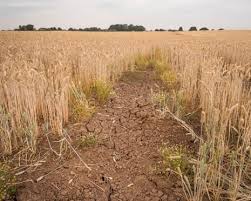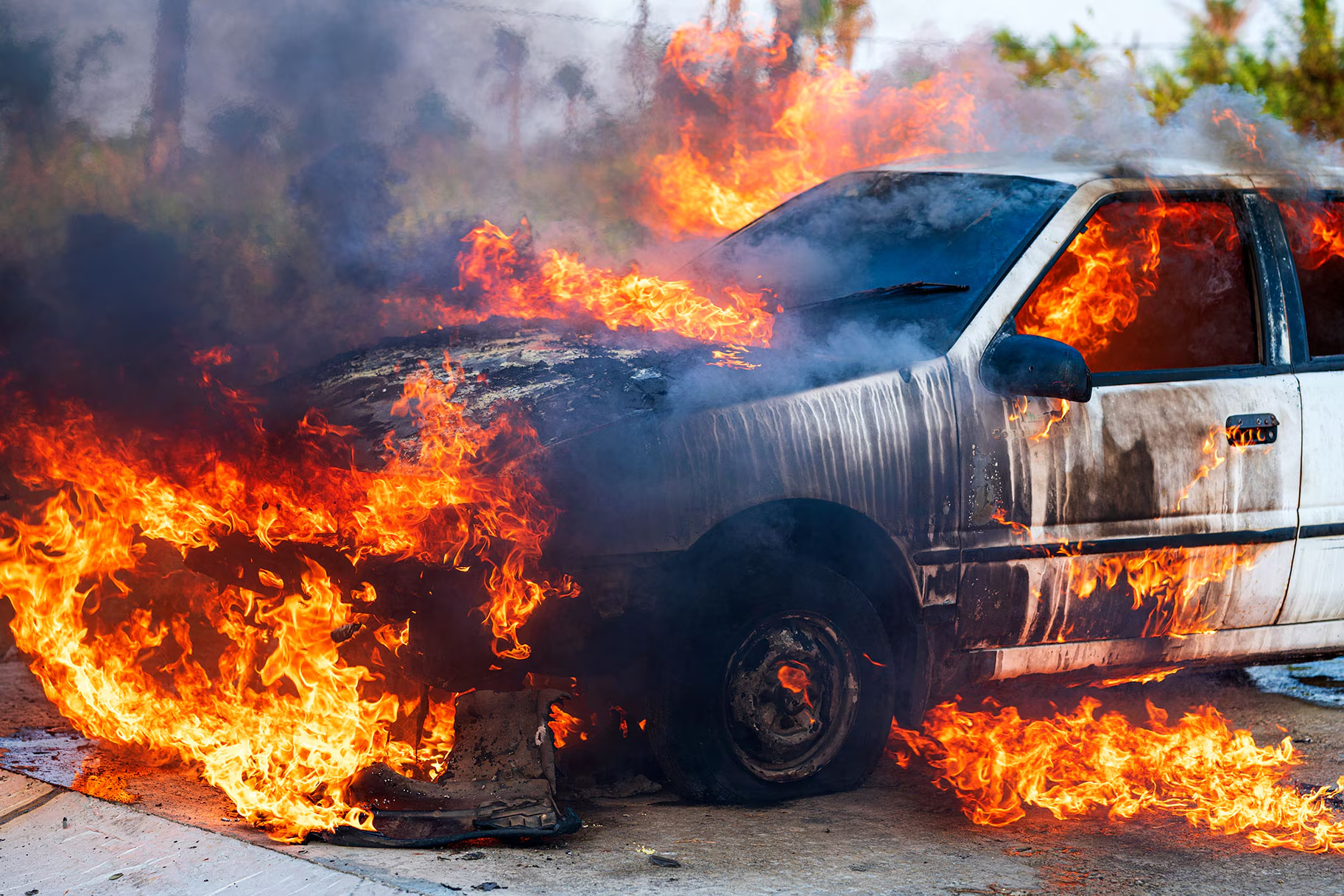
🌍 Climateflation in the UK: How Rising Food Prices Threaten Millions
A rising concern across the United Kingdom is what experts are calling “climateflation”—the phenomenon where climate change and extreme weather push up the cost of food. A recent report from the Autonomy Institute warns that this crisis could make UK food prices rise by over 34% by 2050, with potentially devastating effects for low-income households
What Is Climateflation and Why It Matters
Climateflation refers to a long-term spike in food prices triggered by weather-related disruptions—such as droughts, floods, and heatwaves—that damage harvests and disrupt supply chains.
- The Autonomy Institute highlights that between 25% and 34% increase in food costs could occur by 2050, depending on emissions and climate policy scenarios.
- Poorer households may face an additional £1,200 per year for essential food items like vegetables, fruit, coffee, and chocolate.
Real-Life Impacts: From the Farm to the Kitchen
The UK has already seen tight supply chains caused by extreme weather abroad. Farmers in Europe and South America—key suppliers of fresh produce—have suffered yield losses due to drought or floods, which translate into higher prices here in Britain.
Rural inflation also affects energy costs, transport, and fuel, compounding the stress for households already struggling with rising bills and rent increases.
Who Bears the Brunt?
- Low-income families face the greatest impact as a larger portion of their income goes to basic food.
- Middle-income earners may also feel pressure, especially when staple items become less affordable.
- Pensioners and those on fixed incomes may face hard choices between food and other basic needs.
Political Response: What the Government Could Do
To prevent food poverty from worsening, the report proposes policies such as:
- Price caps or subsidies for essential food items
- Public food diners or community meal programs
- Buffer stock systems to keep prices stable during supply shocks
Climateflation in the UK News Cycle
Climate-related economic shocks are moving beyond headlines into wider public concern:
- Last month’s wildfires and extreme weather events made 2025 the worst wildfire season on record in the UK, disrupting communities and agriculture.
- Lightning storms, flash floods, and travel disruption hit the country following record temperatures—highlighting connections between climate change and infrastructure risks.
These disasters further strain food production and logistics.
Why It’s Getting Hotter Headlines
- The emergence of climate finance, green policies, and sustainability debates have made climateflation central to economic and political discussions.
- Young voters and climate advocates are calling for action to protect living standards.
- Recent high-profile climate legislation—such as the Climate and Nature Bill and Cyber Security and Resilience Bill—signals political willingness to address climate risk holistically.
What You Can Do—and Why It Matters
- Advocate for policy action: Encourage lawmakers to implement buffer stocks and subsidies.
- Support local producers: Buying local food helps reduce dependence on long supply chains impacted by climate.
- Raise awareness among communities and local councils—climateflation isn’t just an economic issue, but a social concern.
📌 In Summary
- Climateflation could increase UK food prices by up to 34% by 2050, threatening to push nearly 1 million people into food poverty
- Weather extremes and supply chain shocks are already affecting prices and availability.
- The government faces pressure to react with price controls and social safety nets.
- Grassroots action and policy advocacy are key to mitigating impact.






